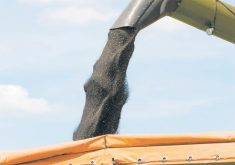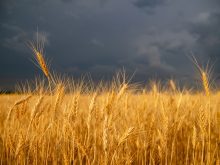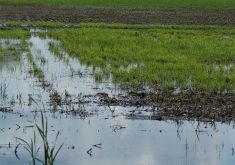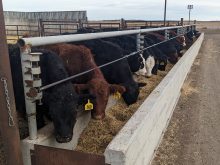Manitoba Agriculture has released its 2025 cost of production analysis for crops, and as one would expect, the picture isn’t rosy. Saskatchewan Agriculture is expected to release its 2025 Crop Planning Guide shortly, and it will similarly show limited profit potential.
In the Manitoba analysis, all 16 crops show a return over operating costs, but only pinto beans show a return over total costs. That return is small, and pinto beans are a minor acreage crop with only 111,000 acres in 2024.
Second place for 2025 profitability (smallest loss) goes to corn with oats in third place followed by canola, soybeans and hard red spring wheat. Average Manitoba yields are assumed to be 140 bushels per acre for corn, 120 for oats, 45 for canola, 40 for soybeans and 65 for wheat.
Read Also
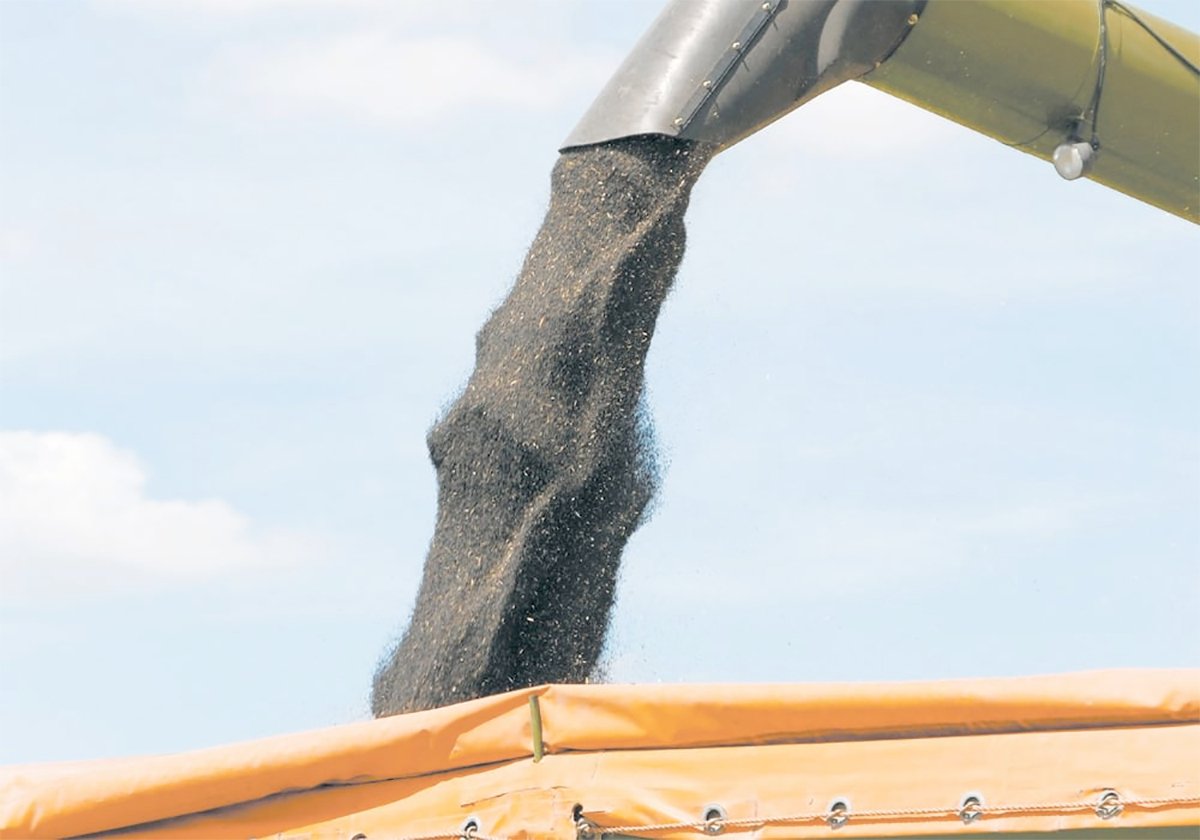
Determining tariff compensation will be difficult but necessary
Prime minister Mark Carney says his government will support canola farmers, yet estimating the loss and paying compensation in an equitable fashion will be no easy task, but it can be done.
Target prices have corn at $5.75 a bu., oats at $4.10, canola at $13.25, soybeans at $12 and hard red spring wheat at $8.
Saskatchewan has a limited acreage of grain corn and soybean acreage is small. However, durum wheat and lentils are important in Saskatchewan, while not part of the cropping picture in Manitoba.
As producers, we tend to fixate on operating costs, with fertilizer, seed and crop protection being the biggest ticket items. Operating costs for 2025 are down marginally from last year, but crop prices have dropped even more. A farm can’t usually reduce variable costs to any large extent without also cutting yield potential.
The big variation from one farm to another comes in fixed costs for land and machinery. The Manitoba analysis makes an assumption about land and machinery owned versus financed. Depreciation and opportunity cost are estimated.
The total equipment investment for conventional crops is assumed to be $650 per acre. The average land value is assumed to be $4,500 per acre. Saskatchewan assumptions for both land and equipment will be much lower, but crop yields are also lower.
Manitoba land costs come to nearly $104 an acre with machinery costs close to $87 an acre. For producers with minimal debt and who aren’t renting a lot of land, fixed costs will be much lower. This can determine the difference between profit and loss.
Manitoba Agriculture also includes a $27 per acre labour and living expense for owners. Saskatchewan Agriculture typically includes a variable expense for custom work and labour, but nothing is included for management.
Estimating crop prices eight months in advance and making average yield assumptions doesn’t really tell you how the year is going to turn out. No one can see the future.
However, it’s still useful to crunch the numbers. While the analysis by the agriculture departments is a good starting point, it’s even more instructive to use this as a template to insert your own numbers and assumptions.
Personally, I like to start with the crop insurance yield guarantee, which is 80 per cent of my average yield (70 per cent in the case of chickpeas). This becomes the worst-case scenario.
Detailed crop insurance information for 2025 isn’t yet available, but yield guarantees don’t change dramatically from one year to the next, and crop price assumptions are likely to be close to the prices assumed by the provincial agriculture departments.
From what I see, lentils, particularly green lentils, along with green peas seem to provide some of the best opportunities for producing net profit in Saskatchewan. Overall, it’s a much less optimistic picture than what the crop sector has enjoyed over recent years.
Kevin Hursh is an agricultural journalist, consultant and farmer. He can be reached by e-mail at kevin@hursh.ca.




